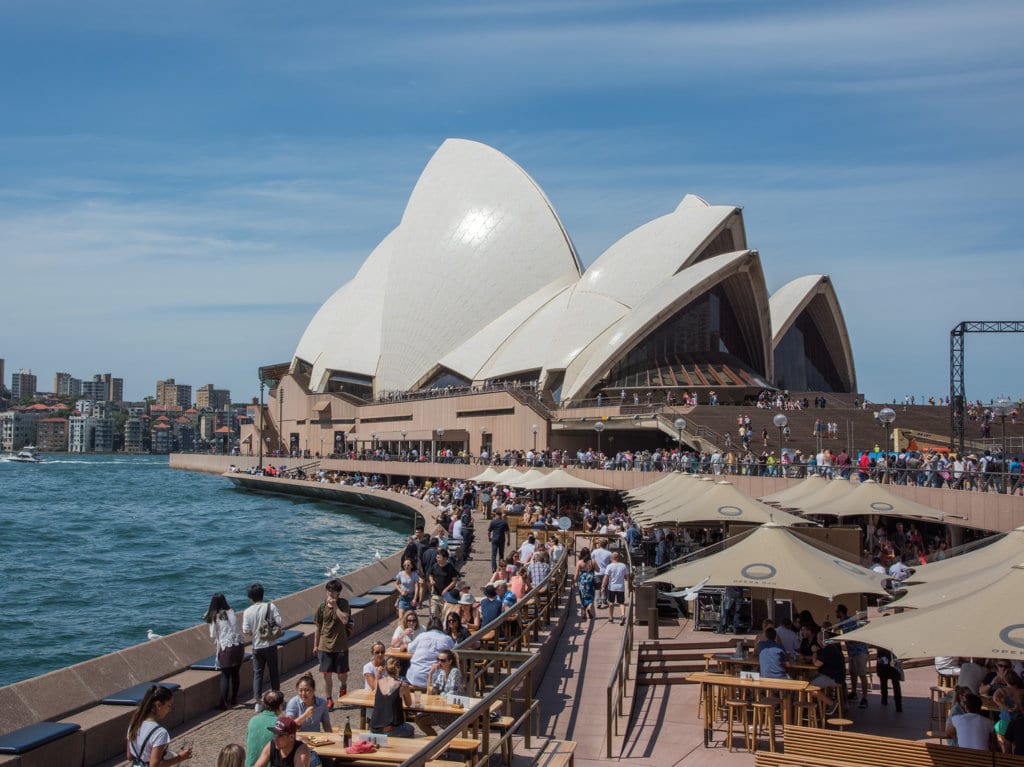Overseas migration is driving the population growth in Australian cities like Melbourne, Sydney and Brisbane. These cities made up for more than 70 per cent of Australia’s population growth in 2017, according to the figures released by Australian Bureau of Statistics (ABS) on April 24. The nation’s estimated resident population reached 24.6 million as of June 30 2017, SBS News reported.
As per the data, Sydney is the country’s largest city with record 5.1 million residents last year. It showed a growth of two per cent by having more than 101,000 more residents. More than 80 per cent of these residents came from overseas. The data also shows that more Australians left Sydney between 2016 and 2017 than moving in–causing the net migration to fall.
“Net overseas migration was also the major contributor to Sydney’s population growth, at 84,700 people, although, unlike Melbourne, the Harbor City experienced a net internal migration loss of 18,100 people,” ABS report stated as per SBS News.
According to the ABS, this denoted that more people left Sydney for other parts of Australia than arrived. Sydney lost most people to other parts of New South Wales and Melbourne.”
Registering an increase of 2.7 per cent, Melbourne is the fastest growing city with 4.9 million residents in 2017. “In Melbourne, net overseas migration was the major contributor to population growth, adding 80,000 people in 2016-17, or 64 per cent of total population change” as per ABS. ABS pointed out that natural increase contributed 29 per cent, while net internal migration accounted for 7.3 per cent of population growth.
Natural increase is a term to denote births less deaths of the time period mentioned. Brisbane saw a growth of two per cent, while the capital city Canberra saw a growth of 1.7 per cent. Brisbane became the country’s third largest growing city with a population growth of 47,982.
The population in Darwin, Hobart, Adelaide and Perth rose by about one per cent. In Adelaide, there was an addition of a total of 9,648 people in the city’s 1.3 million population, which included 9,610 immigrants. Darwin, however, is Australia’s slowest growing state capital with a growth of 696 people, Dailymail.com reported.
Net migration made up for an extra 80,000 residents in Melbourne and 84,000 in Sydney. As per the data, if Melbourne continues to grow at the same rate, it will overtake Sydney’s population in about eight years, the trends say, The Australian reported.
According to Louis Gates from ABS, it is the first time the agency has included data on factors that drove the exponential population growth in the cities and regions. “So, Sydney and Melbourne are mostly net overseas migration so that means more people arrive from overseas than left. In Canberra and in Darwin it’s a more natural increase, more babies are being born,” Gates was quoted as saying by SBS News.
Meanwhile, the Australian government has recently passed a scheme that would increase the earning threshold that would enable immigrants to sponsor their relatives’ visa applications. The scheme has been active since April 1.
